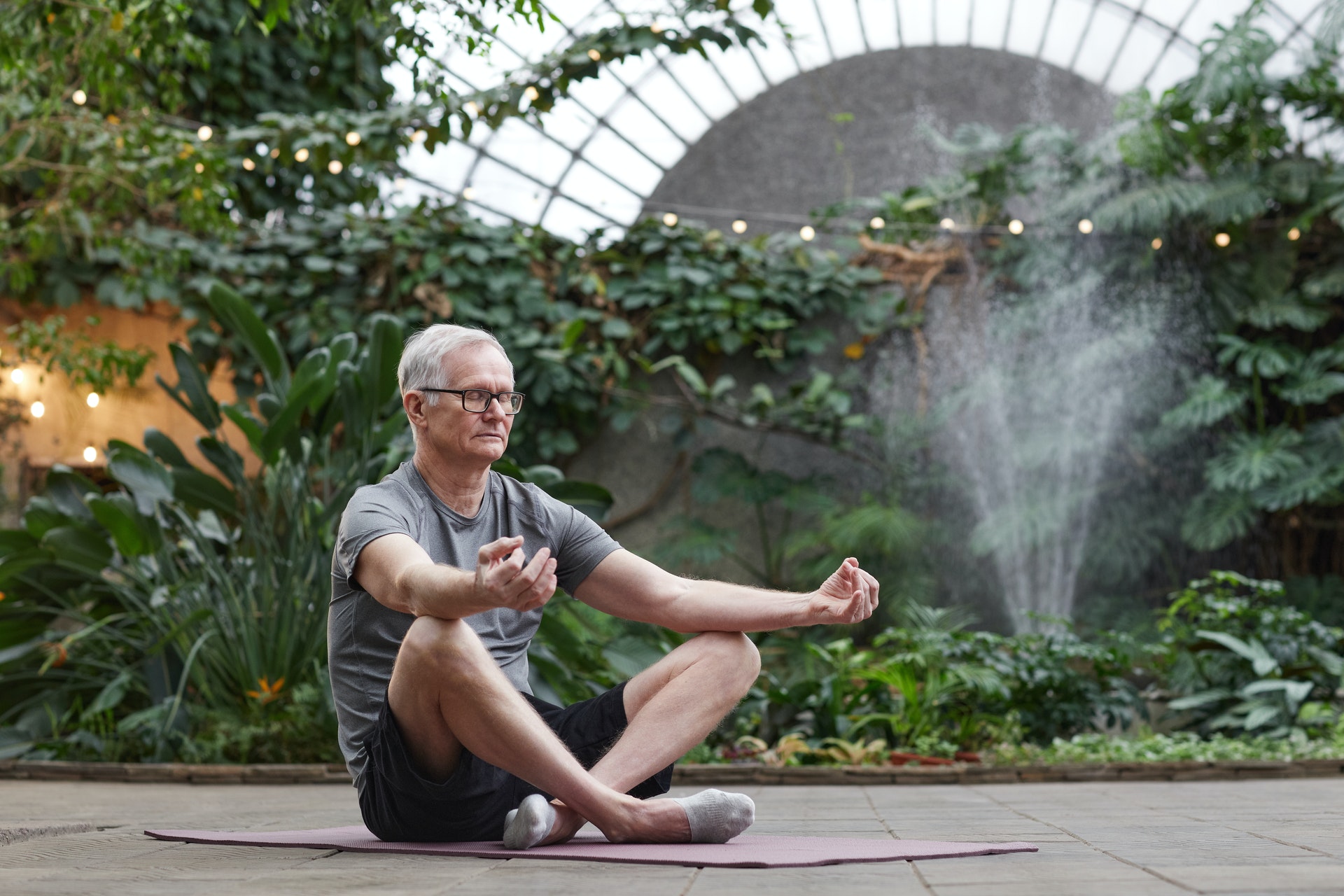Do you often find yourself being mindful—or with your mind full? Most of the time, our minds are full of life’s stresses and expectations, and filled to the brim with overwhelming feelings that threaten to spill out at any moment. When our minds are overburdened, we often feel as though we have no more space to devote to calm and rest, and that’s where mindfulness can help.
Mindfulness and meditation are becoming increasingly recognized as efficacious for a variety of psychological and even physical illnesses. These practices can help you better understand your feelings and thoughts, and improve your attention and concentration—all of which can help you regulate, handle, and express your emotions.
There are a variety of techniques that fall under the umbrella of mindfulness. Mindfulness-based stress reduction, or MBSR, has for example been shown in clinical studies to be hugely helpful in an array of conditions ranging from chronic pain to general stress reduction. It helps cultivate self-awareness and focus on the present and avoid habitually ruminating over the past or future.
At a high level, mindfulness begins with awareness. Cultivating a greater awareness of the present, of one’s environment, one’s situation, and oneself is the first step of being mindful. This can be difficult, especially in the heat of the moment or in the wake of a flood of emotions.
Making an effort to be aware of yourself, your current state, and your surroundings is one way in which you can make it easy for yourself to make proper decisions while using good judgment. These techniques also work when you are not in a state of emotional or mental disarray because they still cause you to pause and look at what’s going on in a robust, clear manner.
Let’s examine two well-known meditation practices that are good for developing a deeper sense of awareness that can be used both in times of disorder and moments of calm.
The first is Color Counting and is best used in moments of heightened anxiety, panic, anger, or fear. When counting colors, you reorient your mind and emotions by finding and focusing your attention, specifically in this instance, on colors.
While the colors themselves are unimportant, giving your mind something to focus on, to capture your attention, is practically useful. So, the first color to look for is the color blue. In moments of highly intense emotion, stop and look around you. Find something blue. Look at it and tell yourself what it is, clearly and slowly.
Then, search for something green. Focus on it and describe it to yourself. Continue with this as you go through yellow, orange, red, and violet. Only once you are calmer and more centered, should you proceed to the next color. Again, the specific colors are unimportant (this isn’t magic), it’s simply a mental tool to help you to focus your attention on an object.
During this practice, you can also incorporate breathwork. A long, slow inhale and exhale between each color can help regulate your breathing and strengthen your focus.
The second practice that can be used to generate awareness is a visual metaphor called the Wheel of Awareness. This practice is a bit more difficult than Counting Colors, and may be better suited for when you have extra time to work on a problem or practice mindfulness, and can help prepare you for future emotional situations.
This metaphorical concept paints you as the center of awareness at the center of an imaginary circle or wheel. The space between you and the outermost rim is the area in which the experience of awareness exists.
As you (the center of awareness) focus on the objects, thoughts, and ideas filling the circle or visible on the circumference, you form spokes of attentiveness that link and connect you to the item you are focusing on and generating awareness for.
Visualising problems or a full mind in this manner allows you to differentiate and divide up the jumble of feelings and emotions inside.
To perform the Wheel of Awareness mindfulness practice, being by breathing. Steady, intentional breaths will help focus your attention and to settle your mind.
Next, run through your five senses, imagine these as foundational spokes of your wheel. Ask yourself what you hear, see, smell, taste, or feel.
Then, turn inward towards the next spoke of your wheel—signals from your body. Move through each part of your body and notice your muscles, skin, and physical position. Start with your face and travel down until you have reached each individual toe.
Finally, turn to your mental activity. Invite a mental activity (this can be a thought, opinion, stressor, idea, or emotion) to surface. Acknowledge it’s presence, then let it go.
Wait and see if it surfaces again. If it does, be present with it in a moment of awareness, then again let it go.
Doing this will allow you to interact and contemplate the mental activity in a deliberate, intentional manner and give you time to slow down and really think about it instead of just reacting.
After these initial turns, you will focus on becoming aware of awareness. Look back at the center of the wheel towards the spokes and space you have just covered. Recognize the awareness you have just created.
It is often natural to react immediately to external stimuli, but this can leave you with inaccurate displays of emotions, words, or actions that would not have been chosen in moments of clarity, and regrets as to how a situation was handled—all of which can lead to more stress, anxiety, or negative mental states.
Takeaways
Mindfulness can help you take a moment to measure yourself and your environment. By taking a pause, breathing and observing thoughts, these practices will help you to respond (rather than react) to emotional or stressful situations. In the modern world, it really is a superpower—and you can get started today, even if it’s only for five minutes.
